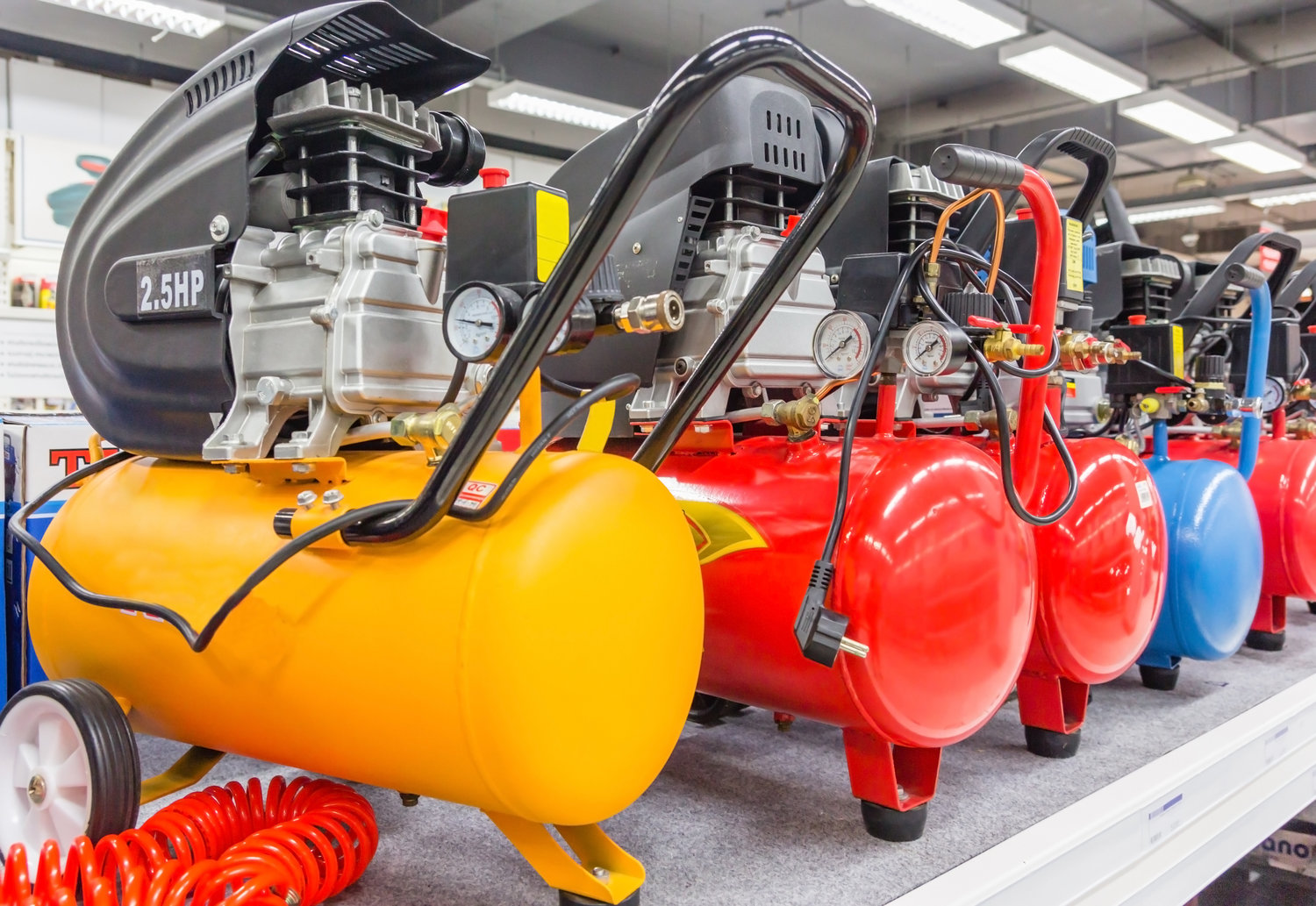When it comes to a wide range of household and industrial applications, an air compressor is an invaluable tool. Whether you need it for inflating tires, powering pneumatic tools, or operating machinery, selecting the right air compressor can significantly impact the efficiency and effectiveness of your work.
In this comprehensive guide, we will walk you through the key factors to consider when buying an air compressor, ensuring that you make an informed decision that suits your specific needs.
From understanding different types of compressors to evaluating essential features and determining appropriate sizing, this article will provide you with the knowledge required to choose the best air compressor for your requirements.
Types of Air Compressors
Before diving into the details, it’s important to familiarize yourself with the various types of air compressors available on the market. The three primary types are reciprocating compressors, rotary screw compressors, and centrifugal compressors.
- Reciprocating Compressors: Reciprocating compressors utilize a piston-driven mechanism to compress air. They are ideal for small-scale applications, DIY projects, and low-demand tasks. They come in single-stage and two-stage variations, with the latter providing higher pressure levels.
- Rotary Screw Compressors: Rotary screw compressors use two interlocking helical screws to compress air. They are more suitable for continuous and heavy-duty applications, such as industrial use or large-scale construction projects. Rotary screw compressors are known for their high efficiency and reliability.
- Centrifugal Compressors: Centrifugal compressors are commonly used in large-scale industrial operations. They rely on an impeller to accelerate the air, which is then compressed by diffusers. These compressors are best suited for high-demand applications requiring large volumes of compressed air.
Important Features to Consider
When selecting an air compressor, several key features should be taken into account. Here are some essential features to consider:
- Cubic Feet per Minute (CFM): CFM indicates the airflow capacity of the compressor and determines its suitability for specific applications. Calculate the required CFM by assessing the total air consumption of the tools or equipment you intend to operate simultaneously. Ensure the compressor’s CFM meets or exceeds this requirement.
- Horsepower (HP): The horsepower of an air compressor defines its power output. Higher horsepower allows the compressor to generate greater pressure and deliver more air. Consider the intended applications and choose an appropriate horsepower rating accordingly.
- Tank Size: The tank size determines the amount of compressed air that can be stored for immediate use. A larger tank allows for longer runtimes without the compressor cycling on and off frequently. Evaluate your needs to determine the optimal tank size for your tasks.
- Pressure Rating: The pressure rating is measured in pounds per square inch (PSI) and indicates the maximum pressure the compressor can deliver. Ensure the compressor’s pressure rating meets or exceeds the requirements of your pneumatic tools or equipment.
- Portability: If you anticipate moving your air compressor frequently, consider its weight, size, and the presence of handles or wheels for ease of transportation. Portable compressors are often preferred for construction sites, workshops, or outdoor projects.
- Noise Level: Compressors can generate significant noise during operation. If you require a quieter environment or work in a noise-sensitive area, choose a compressor with a lower decibel rating to minimize disturbances.
- Duty Cycle: The duty cycle represents the percentage of time an air compressor can run within a given time frame. Duty cycles are expressed as a ratio, such as 50% or 75%. For continuous use, look for compressors with higher duty cycles to prevent overheating and ensure reliable performance.
- Additional Features: Consider additional features such as automatic shut-off, thermal overload protection, oil-free operation, and air filtration systems. These features can enhance safety, durability, and the overall performance of the compressor.
Determining the Right Size
To determine the appropriate size of the air compressor for your needs, consider the following factors:
- Required CFM: Calculate the total CFM requirements of the tools or equipment you will be using simultaneously. Ensure the compressor’s CFM output meets or exceeds this value.
- Intermittent Use: If your applications involve intermittent use of tools, the compressor’s tank size and recovery time become crucial. Larger tanks provide longer runtimes, while faster recovery times ensure continuous operation.
- Continuous Use: For applications requiring continuous and uninterrupted use, select a compressor with a high duty cycle and a larger tank size to sustain the required airflow.
Conclusion
Purchasing the best air compressor requires careful consideration of various factors, including the type of compressor, essential features, and appropriate sizing.
By understanding the different types available, evaluating crucial features, and determining the suitable size, you can make an informed decision that aligns with your specific needs.
Remember to consider the intended applications, desired portability, noise levels, and any additional features that enhance safety and convenience.
With this comprehensive guide, you are now equipped with the knowledge to confidently select the best air compressor that will serve you efficiently and reliably for years to come.
